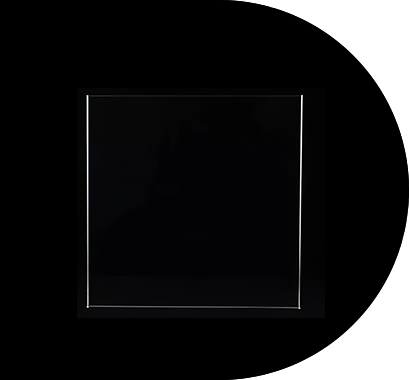Understanding the Function of Anti-Reflective Glass
Anti-reflective glass is a specially coated material designed to reduce surface reflection and glare. By minimizing the amount of light reflected from its surface, it allows more light to pass through, improving visibility and contrast. This technology enhances the visual experience for both display and architectural uses, offering clarity and comfort in environments with strong lighting.
The working principle of anti-reflective glass lies in its thin optical coating, which uses destructive interference to counteract reflected light waves. As a result, reflections are greatly reduced, and transmission levels can reach over 98%, depending on the coating method and glass type.
1. Key Advantages of Anti-Reflective Glass
The adoption of anti-reflective glass in various industries stems from its strong optical and functional benefits. These advantages contribute to improved display quality, visual comfort, and energy efficiency.
- Enhanced light transmission and reduced surface reflection for clearer visuals.
- Improved color accuracy and image contrast in digital screens and exhibits.
- Better readability in outdoor or high-brightness environments.
- Energy-saving potential by maximizing natural light in architectural applications.

2. Common Applications Across Industries
Anti-reflective glass is not limited to display technology; it serves multiple fields that demand both aesthetic and functional improvements. Below are common areas where its properties are most valuable:
| Application Area | Purpose of Use |
| Architectural Glass | Used in windows and facades to reduce glare and improve daylight transmission. |
| Display Screens | Enhances visibility and reduces reflection on monitors, TVs, and tablets. |
| Museum and Exhibit Cases | Provides clear viewing of artifacts without distracting reflections. |
| Solar Panels | Improves energy efficiency by allowing more sunlight to reach photovoltaic cells. |
3. Choosing the Right Type of Anti-Reflective Glass
Different coating technologies and manufacturing methods lead to variations in performance, durability, and cost





